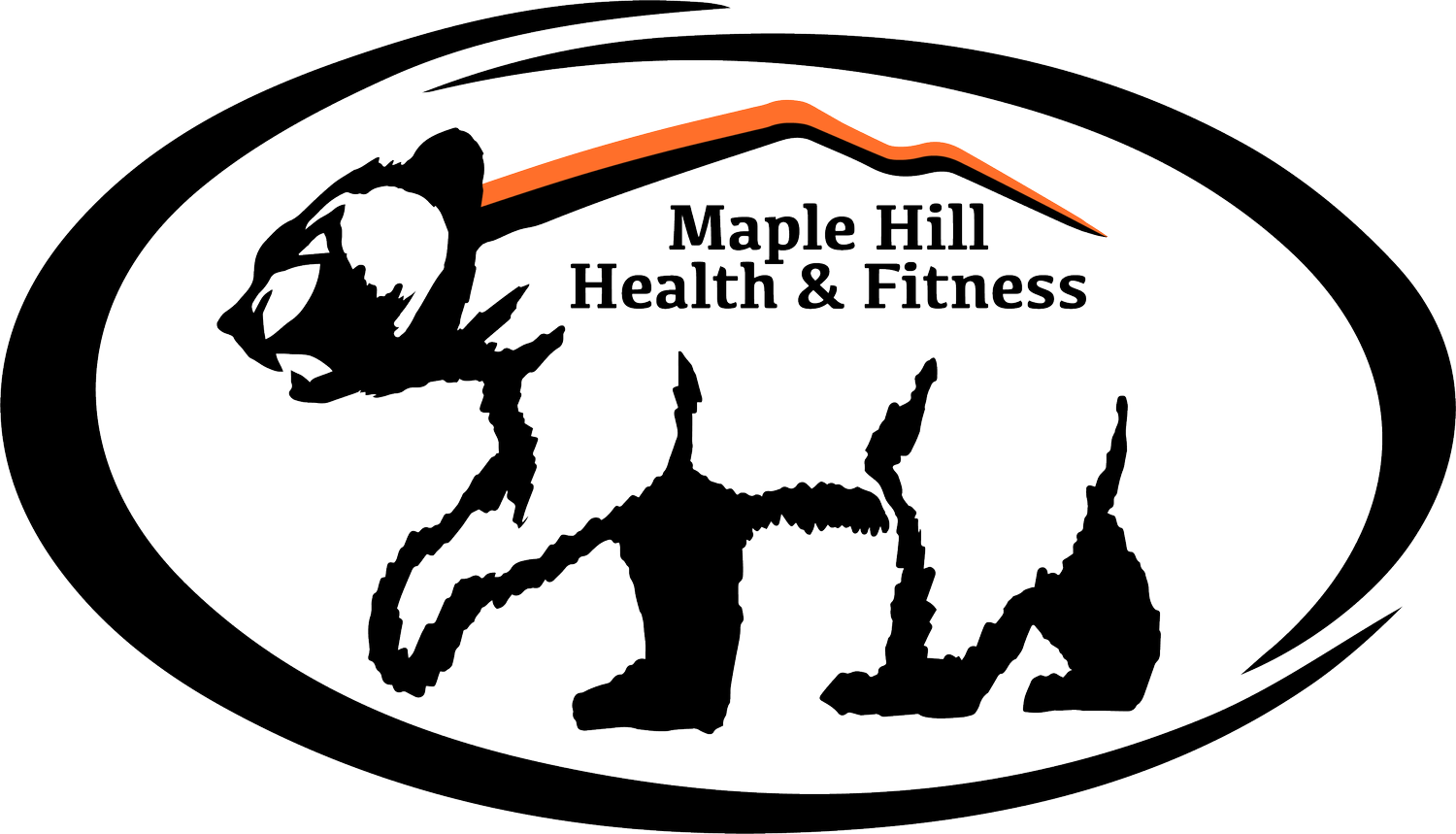You Are What They Eat
As a personal trainer, it is my goal to help people lose weight, gain muscle, or increase athletic performance. A critical component on the nutrition side of this process is adequate protein intake. Although there are variety of protein sources, this blog is looking at meat, and more specifically, the source of meat.
If you choose to eat meat, there is an excellent chance that you are getting it from a grocery store and unless otherwise specified in the labeling, it will be coming through factory farming processes. I am not here to debate the ethical practices of factory farming, but the nutrient profile of animals which are raised on traditional diets in natural settings vs animals on non-traditional diets.
First let's look at a popular meat source for most, beef. Regular grain-fed beef cows are placed in concentrated animal feeding operations and fattened up quickly using feeds based with corn or soy. These cows are often given drugs and hormones so that they grow faster and are given frequent antibiotic treatments to ward off infection caused by inadequate living conditions. Grass fed cows are just that, they spend the majority of their lives living on a pasture eating a predominantly grass based diet.
The biggest difference between grass fed beef vs grain fed is the profile of fatty acids. Grass fed beef contains nearly 5 times the amount of Omega 3 fatty acids compared to grain fed beef. Omega 3 fats have many benefits including but not limited to lowering blood pressure, lowering heart rate, increasing consistency of heart rhythm, improving blood vessel function, and lowering blood triglyceride levels. In addition to Omega 3, grass fed beef contains more Vitamin E, and micro nutrients such as potassium, iron, zinc, and phosphorous.
In addition to beef, a popular quality protein source for most is fish, and for this case we will narrow in on salmon. Wild salmon have a diet that consists of foods found in their natural environment whereas farmed salmon are fed a processed feed in order to produce larger fish in shorter periods of time. The differences between these two are significant.
Wild salmon contains less calories, less fat, and less saturated fat than farmed salmon. Where the alarming difference really comes in is the fatty acid profile between the two fish. Although both farmed and wild have similar omega 3 levels, the farmed salmon has roughly 6 times the amount of omega 6 fatty acids found in wild salmon. This is important to note as researchers are beginning to see a trend in the links between inflammation in the body, and the balance between our omega 3 and omega 6 intake.
Omega 6 to omega 3 ratios in non-industrialized diets will range between a 1:4 or 4:1 ratio where as a typical North American Diet will contain a near 16:1 ratio. This imbalance is thought to increase chronic inflammation in the body which can lead to heart disease, metabolic issues, diabetes, and more.
This is some food for thought when you are making decisions regarding your choices when you purchase meat. There is no magic bullet when it comes to overall health and nutrition. What I do know is that health and nutrition are much like a puzzle. The more information you have and the better choices you make, the more pieces you are ultimately playing with to create the whole picture of health.


